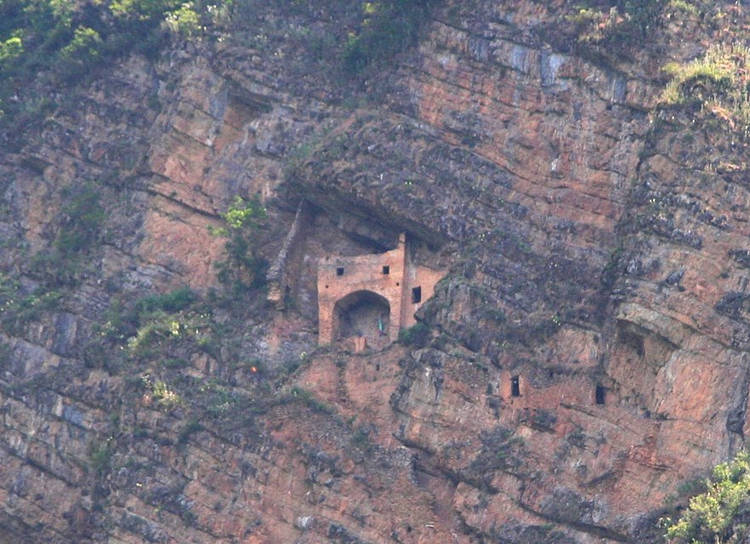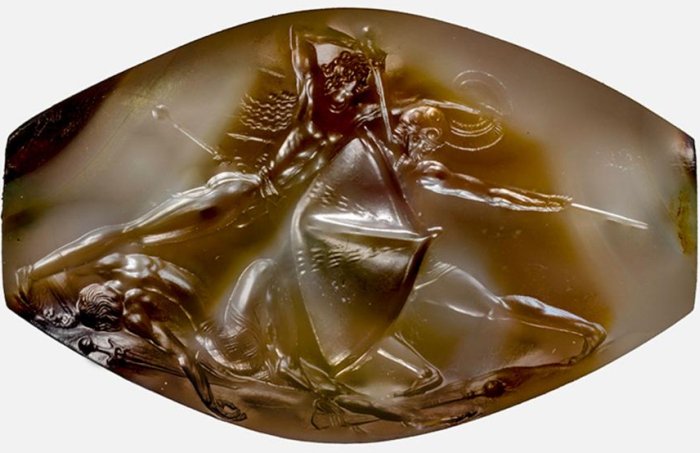Parigala – Azerbaijan’s Mysterious Fairy Castle

At the foothills of the Caucasus Mountains in northwest Azerbaijan, lies Parigala, one of the world’s most impressive archeological mysteries. Carved into the nearly vertical face of a rock cliff, the centuries-old structure remains a mystery that hardly anyone knows anything about. The idea that an amazing site like Parigala (literally ‘Fairy Castle’ in Azerbaijani) […]
Archaeologists Discover 3,500-Year-Old Carving So Detailed That It Could Rewrite Art History

In 2015 researchers from the University of Cincinnati uncovered a Bronze Age tomb in Pylos, in southwest Greece. It belonged to the so-called ‘Griffin Warrior’, a wealthy Mycenaean man, and dates back 3,500 years. Inside archaeologists uncovered a trove of treasure including precious jewels, armor and weapons, and many vessels made from precious metals. One […]
